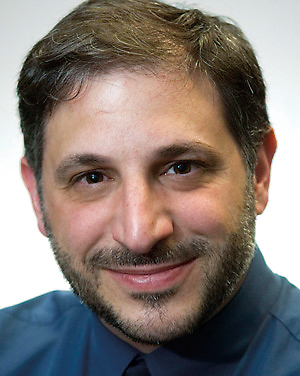In a Skype conversation, guest Marianne Stefonowitz spoke about the site she works for, projeqt.com.
The site focuses on storytelling, in particular the personal story, or a digital biography of sorts. “Your story is who you are,” the site explains, “and how your story gets told is just as important as the story itself.”
Stefonowitz, director of brand communication with Projeqt, explained how Projeqt works and what they hope to do with it. Through Cloud, Projeqt has picked up many platforms, including RSS and Twitter, to help diversify the content and variety the platform consists of.
One interesting asset of Projeqt is the ability to include a story within a story. What this does is add more flexibility and depth to stories, allowing the user nearly infinite possibility for how they tell their story.
Zite, Stefonowitz shared, was one of her favorite apps for social media. Zite groups news and information by categories, taking specific news from all sorts of platforms (Twitter, Facebook, etc.) and compiles them in an easy to use and navigate program.
Stefonowitz has found that, as users have begun working with Projeqt, they have found more options and uses to invite different kinds of work. Anywhere from business advertising to fictional or photographic storytelling have popped up.
After looking at the versatility and simple format that Projeqt.com possesses, it’s safe to assume that this is most definitely a better storytelling program than something like Storify.



 Posted by Brad Clark
Posted by Brad Clark









